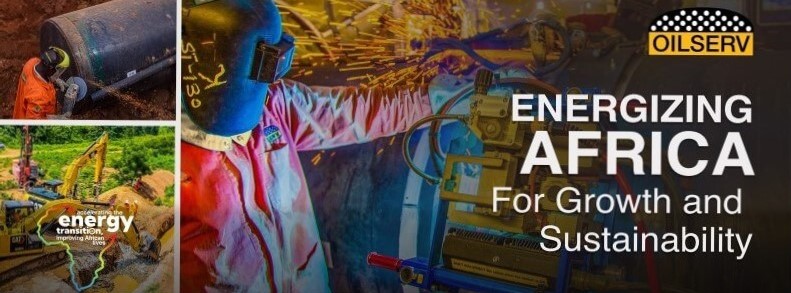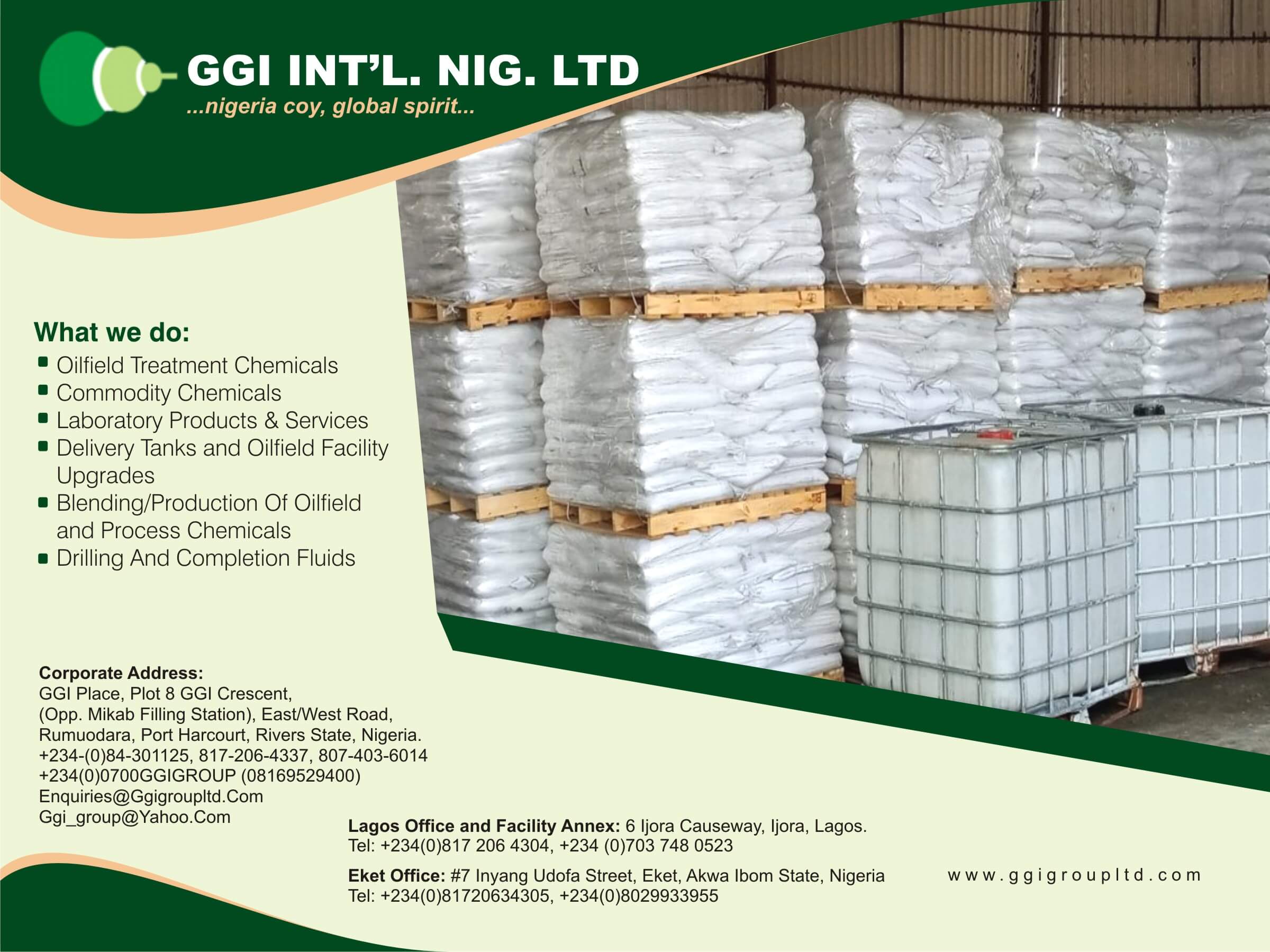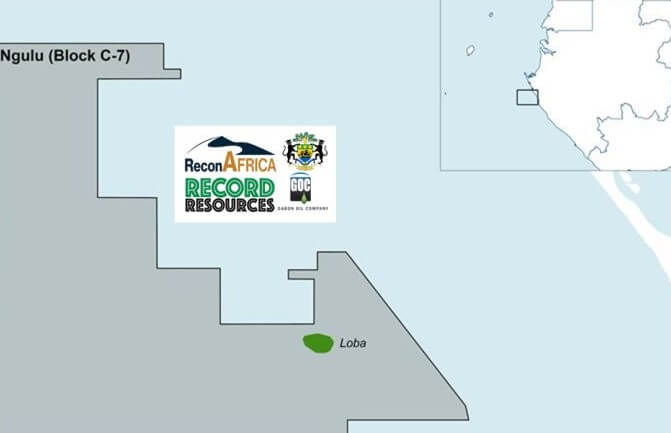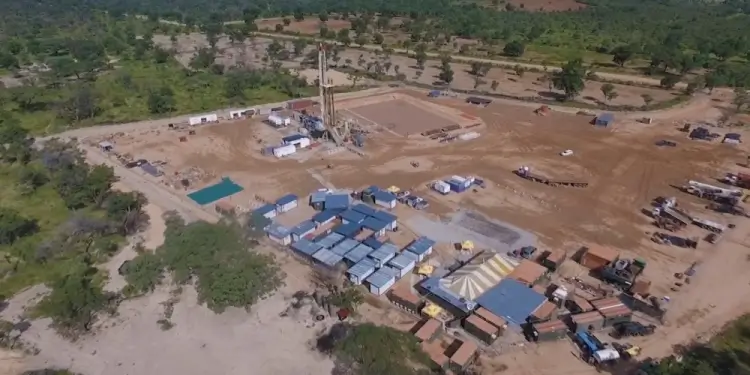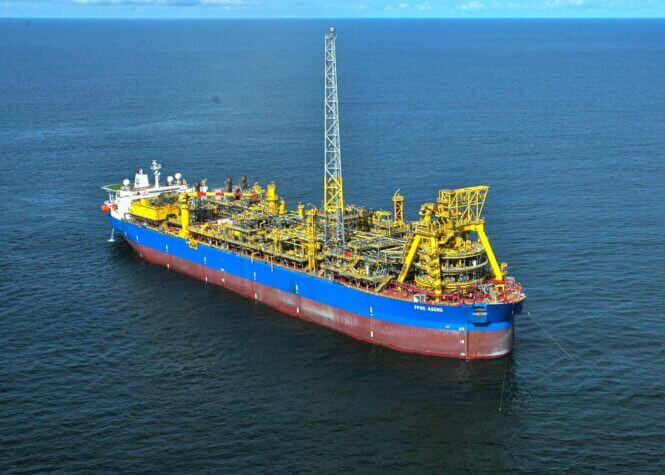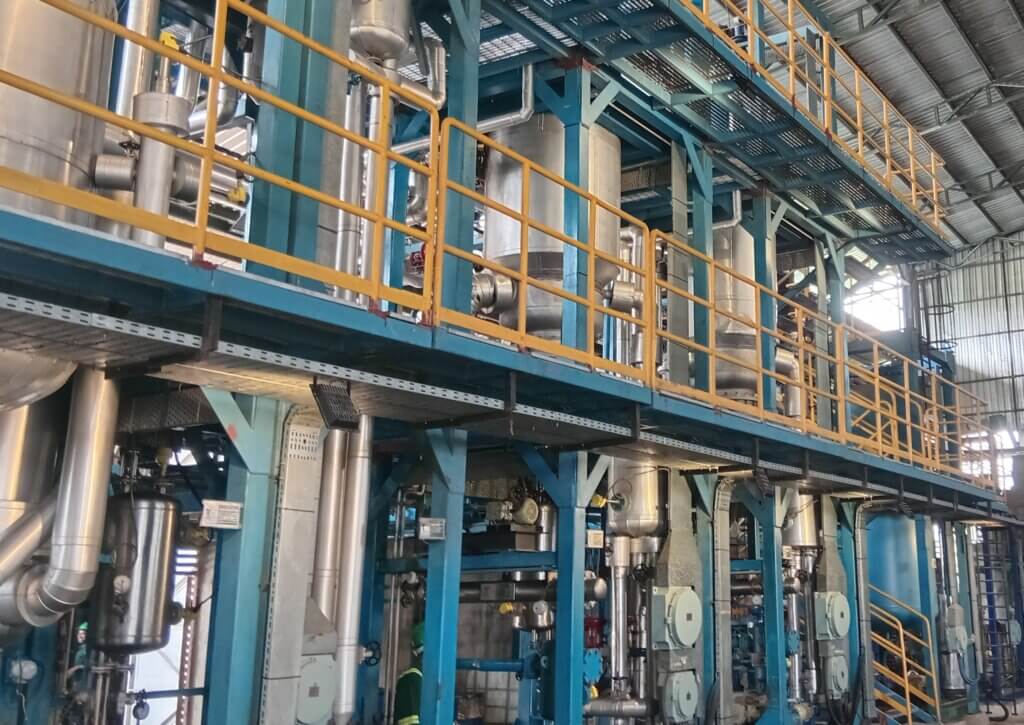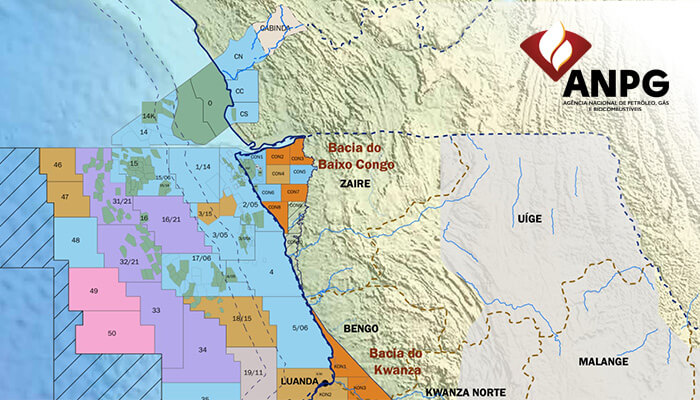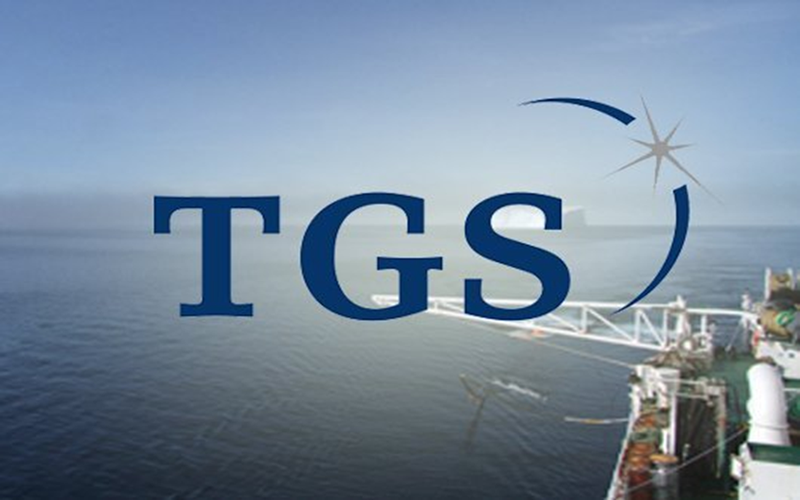
TGS, a global leader in energy data and intelligence, has released the Central Gulf Coast–Haynesville CO₂ Storage Assessment, the final segment of the comprehensive Mega Gulf Coast Assessment. This assessment builds on previous releases for the East Gulf Coast and Gulf Coast assessments in 2024, culminating in a dataset covering over 16,000 key wells with core-calibrated petrophysical and stratigraphic interpretation across more than 166,370 square miles in the Gulf Coast region.
The Central Gulf Coast–Haynesville CO₂ Storage Assessment integrates petrophysical and stratigraphic analysis from 2,326 wells and utilizes over 150 core analysis reports to refine geological interpretations. The stratigraphic framework includes 35 stratigraphic tops, from the Anahuac Formation down to the Triassic stratigraphy. These insights provide a detailed understanding of storage capacity, reservoir quality, and sealing integrity, which are critical for the development of carbon capture and storage (CCS) projects in the Gulf Coast region.
Will Ashby, Executive Vice President of New Energy Solutions at TGS, stated: “This assessment underscores our commitment to delivering high-quality geological insights that help our customers make data-driven decisions. By leveraging our extensive well data library and expertise in petrophysical and stratigraphic analysis, we provide a comprehensive view of subsurface storage potential tailored to the needs of CCS stakeholders operating in the Gulf Coast region.”
As companies navigate the complexities of CCS project development, the Central Gulf Coast–Haynesville CO2 Storage Assessment, in combination with the other Gulf Coast assessments, delivers the detailed geological insights necessary to evaluate risk, optimize site selection, and enhance investment confidence.













